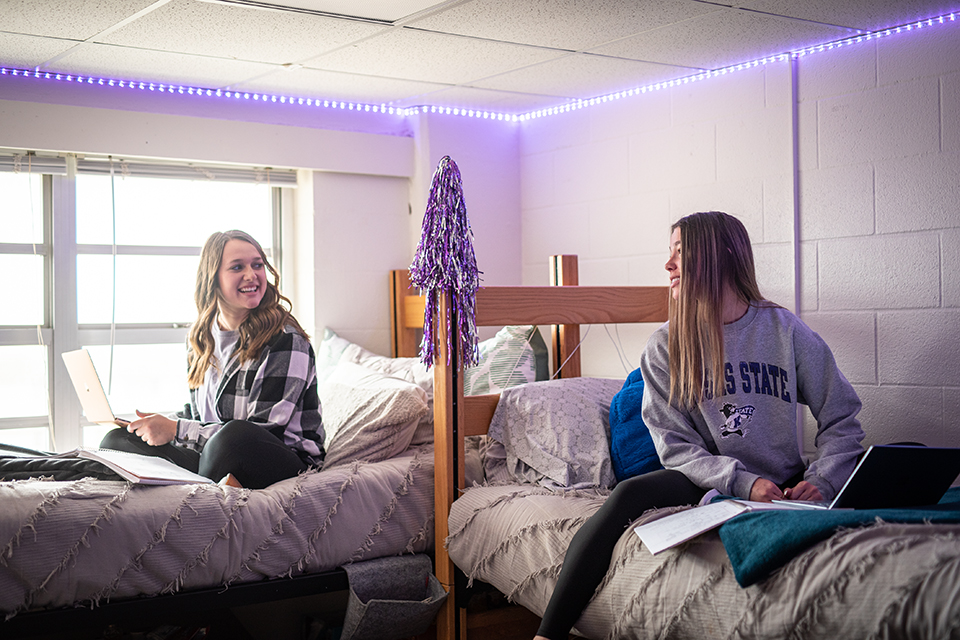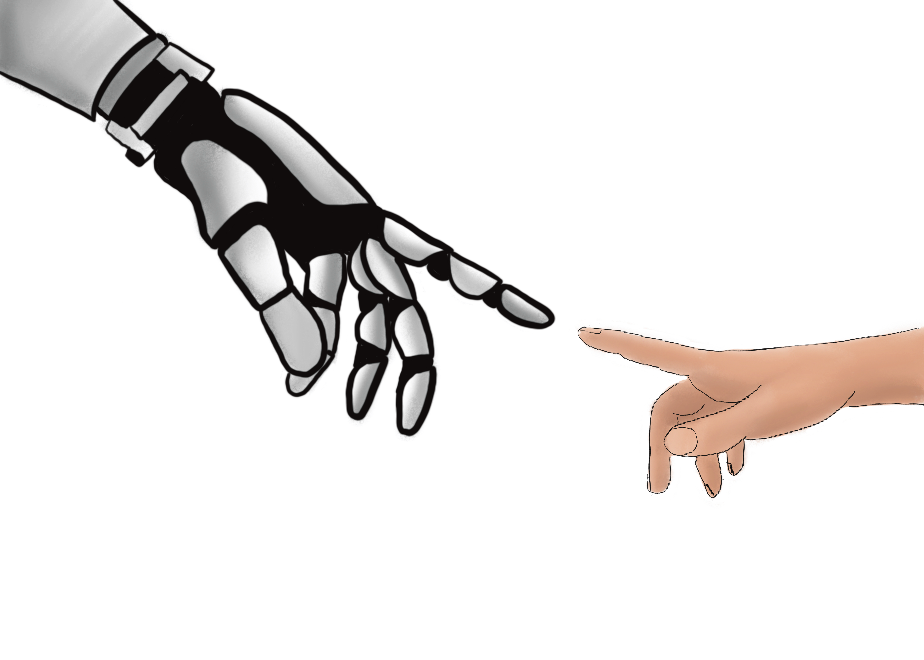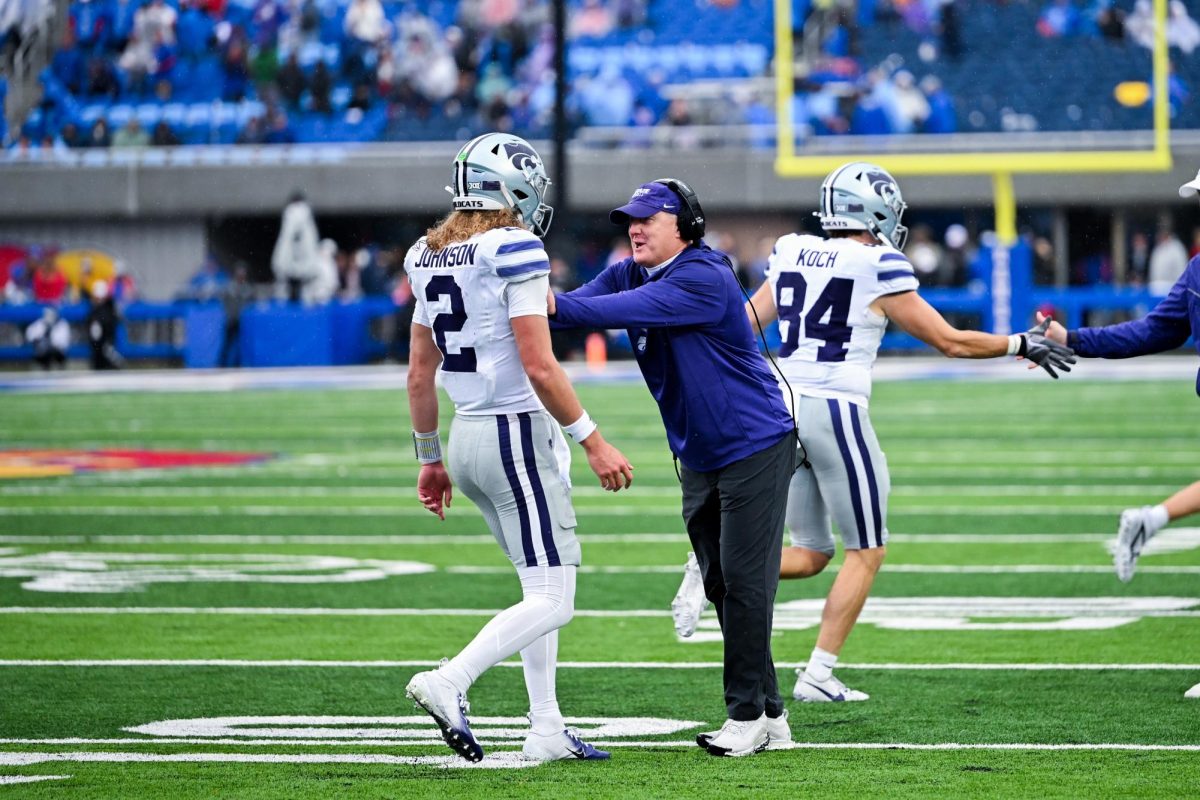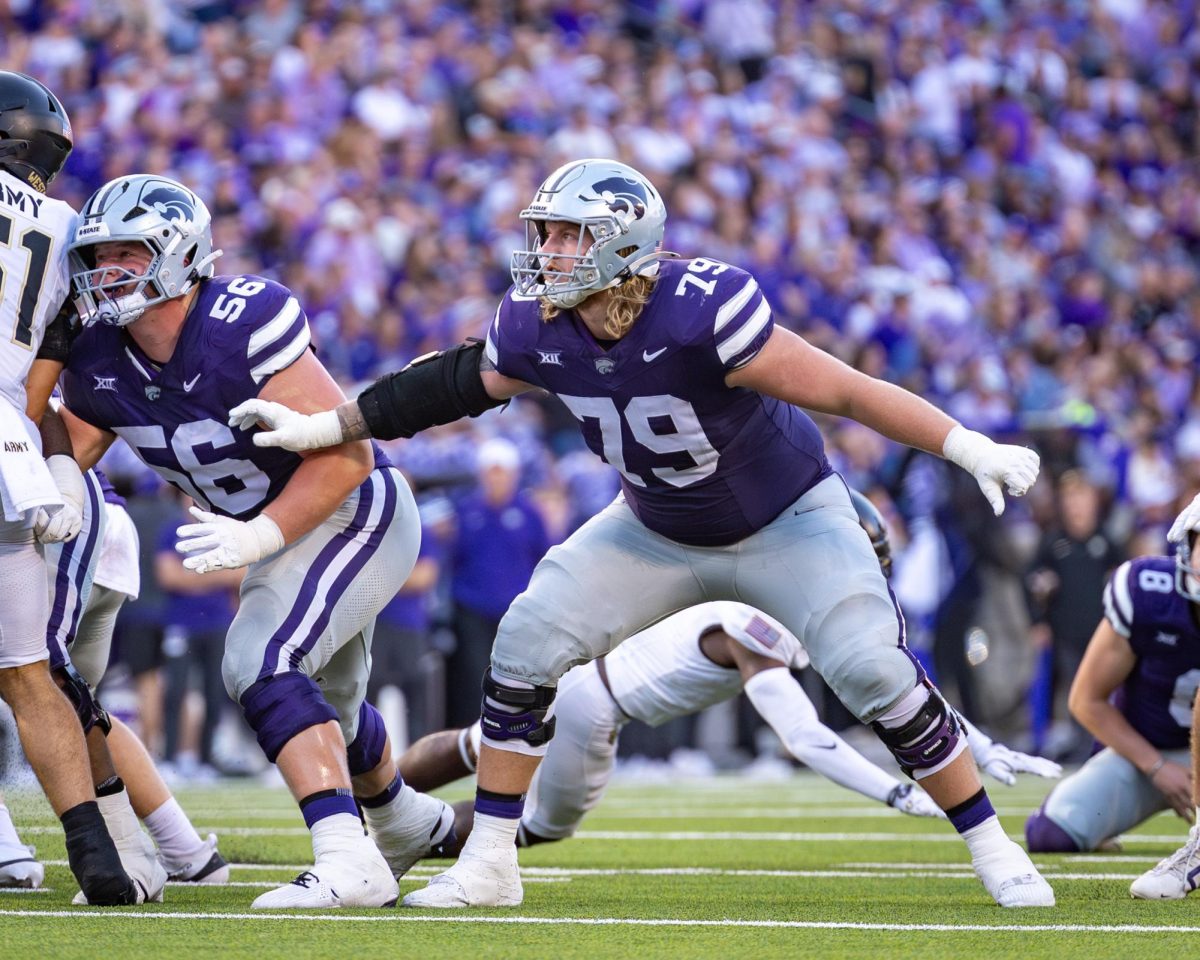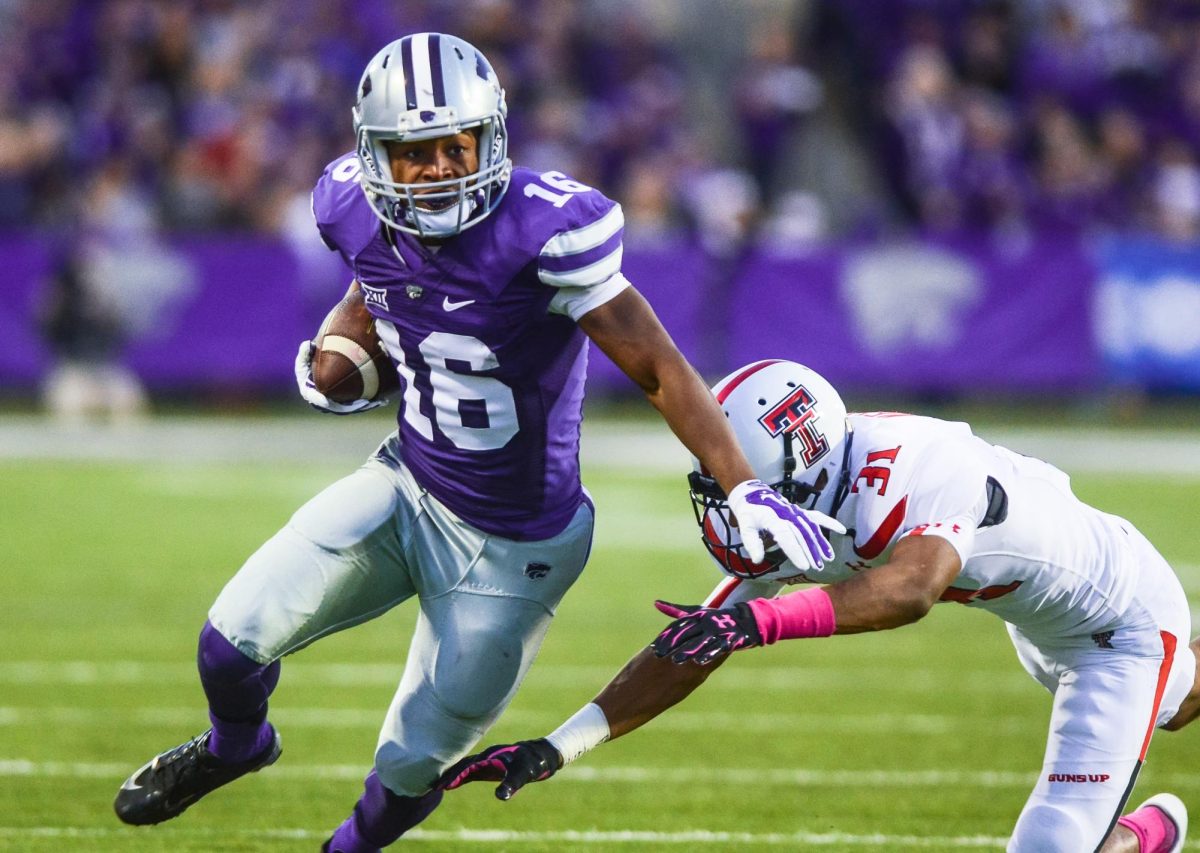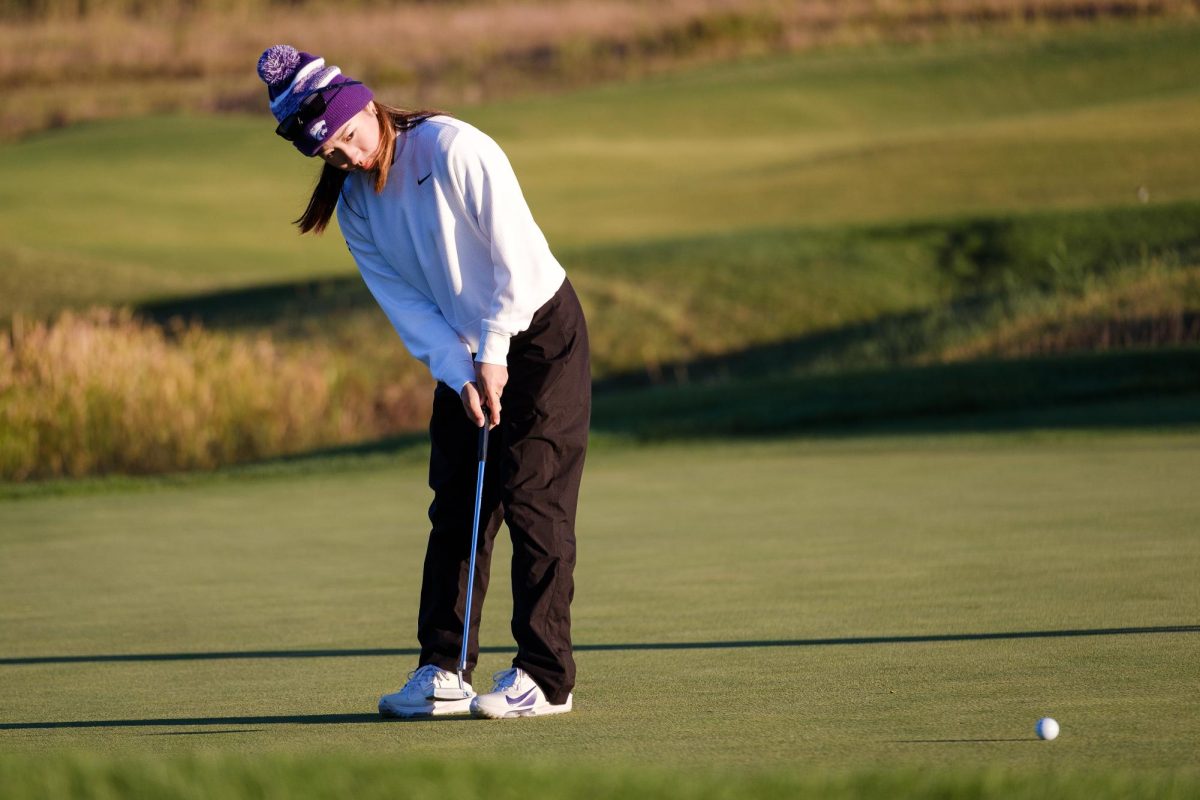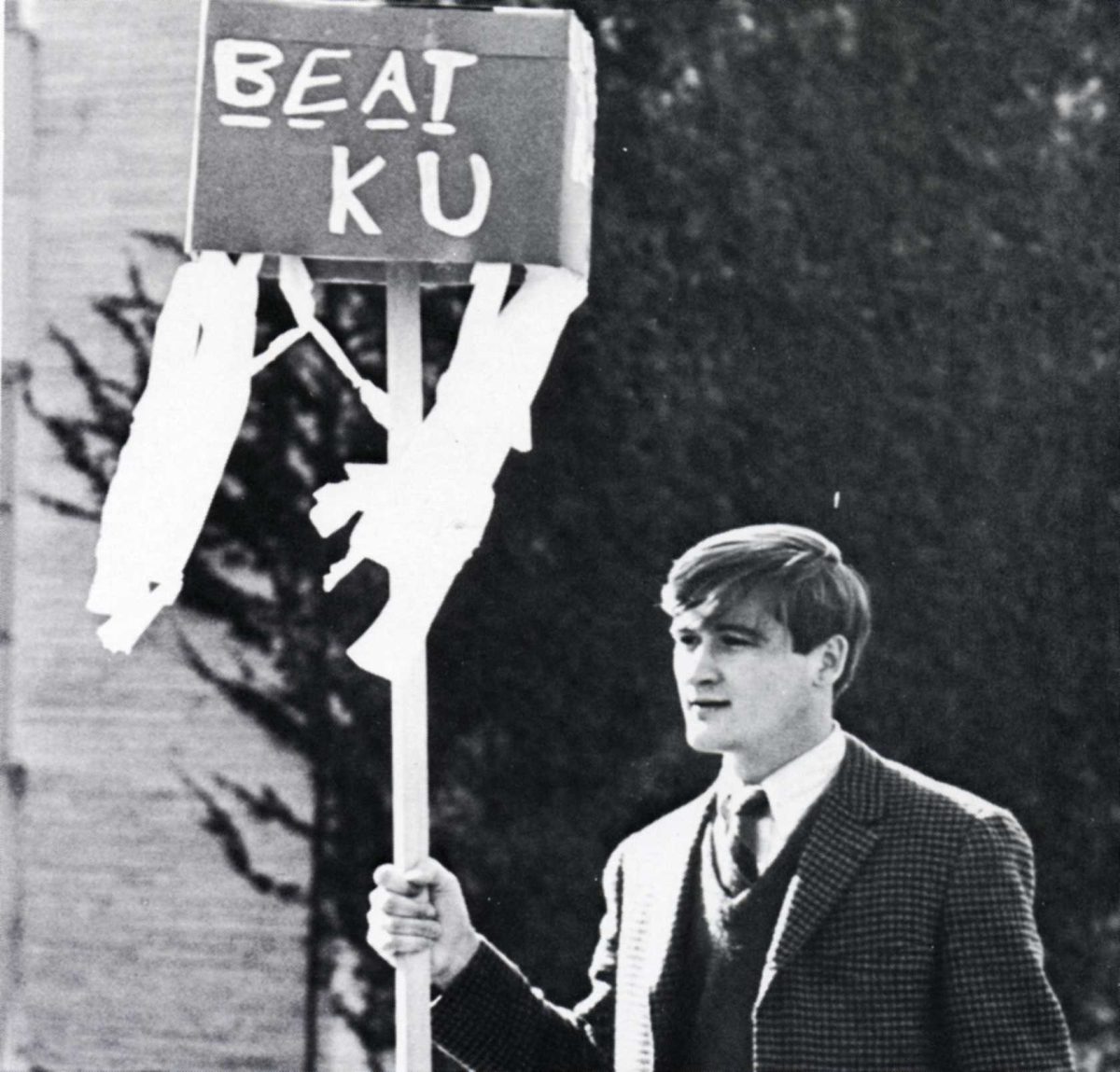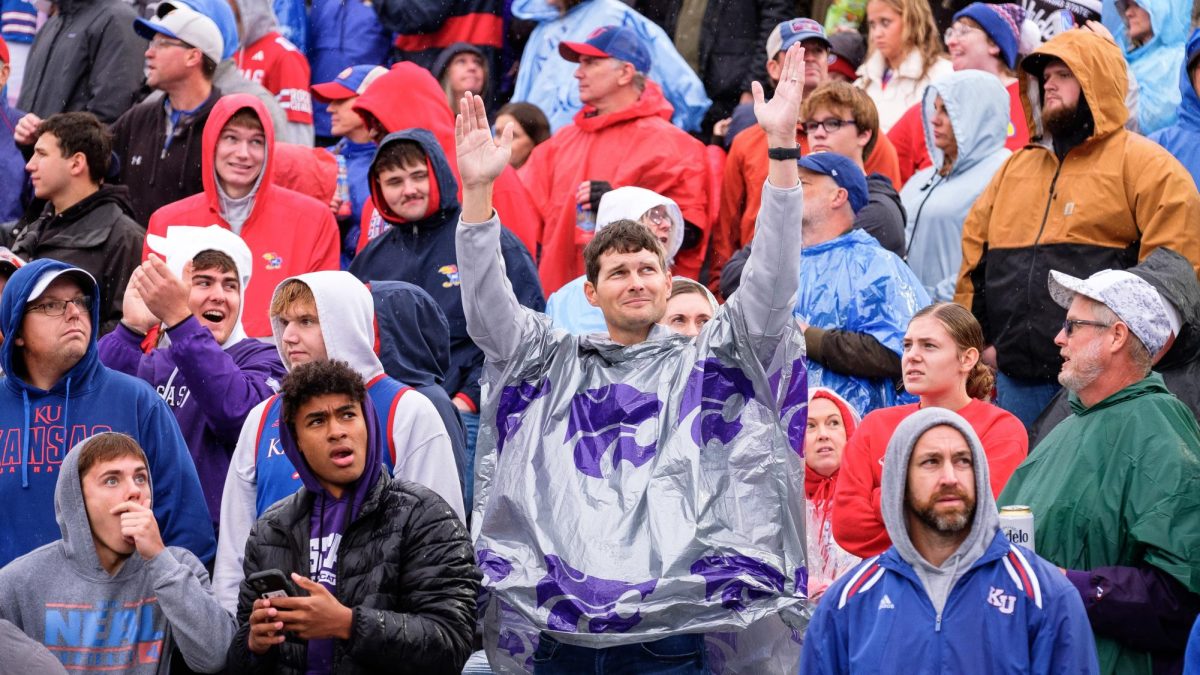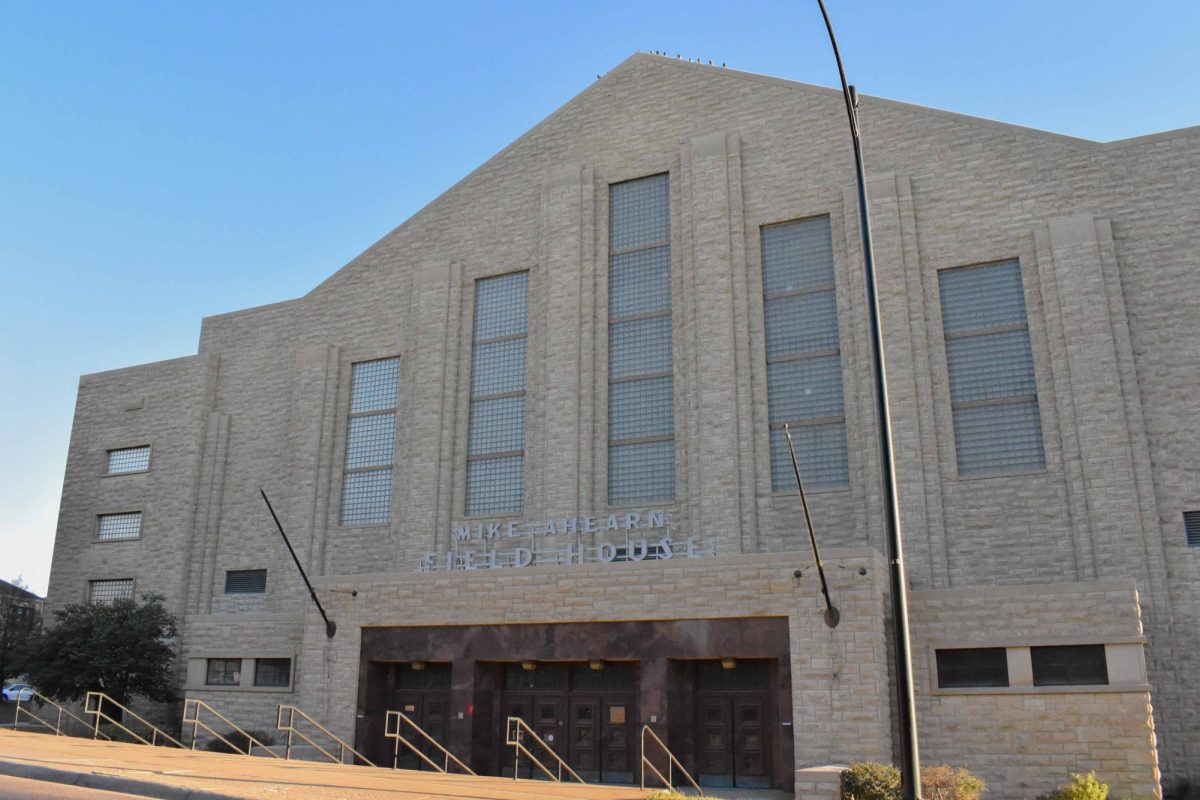Ahearn Field House, named in honor of former Kansas State coach, professor and athletic director Michael F. Ahearn, stands as one of the most historic buildings on campus.
The longtime Manhattan resident worked across his different roles for 42 years and left a legacy lasting long beyond his time on campus.
While Ahearn Field House wrapped up its time as home to Wildcat basketball on this week in 1988, it remained an integral part of K-State history. Here’s a look back at Ahearn through the years.
The field house opened in 1950 for a basketball game between men’s basketball and Utah State, which the ‘Cats won 66-56.
Prior to Ahearn, basketball games and track events were held in Nichols Hall, but the increasing popularity of K-State basketball in the 1940s led the university to build a new facility. Nichols Hall, which had a capacity of 2,000 fans, often saw students climbing into the rafters to watch the games which, while amusing, was unsafe.
The new facility at Ahearn had a capacity of 14,000, making it one of the largest college basketball arenas in the country at the time. The attendance record for a single game was 14,028 on Jan. 31, 1951 when K-State hosted No. 4 Long Island and won 85-65.
Ahearn soon became one of the most terrifying locations for opposing teams to play because of the loud home crowd supplying a massive advantage.
“Kansas State won a lot of ball games because of that crowd,” legendary coach Tex Winter said in his biography “Trial By Basketball.” “Many times during timeouts you couldn’t hear yourself talk. All I could do was scribble a play on the floor. The crowd there never died, even in one of our lulls — the crowd would come alive and pick us up.”
The home-court advantage was real. Oklahoma lost 28 consecutive seasons in Manhattan, failing to win a game in Ahearn until 1979. Ahearn Fieldhouse once was the equal of Kansas’ Allen Fieldhouse, according to the Oklahoman.
While housing K-State basketball, Ahearn hosted six NCAA tournament regional finals. However, perhaps the biggest event Ahearn ever hosted wasn’t related to athletics.
Martin Luther King Jr. visited K-State in 1968, speaking to students during convocation. He advocated for nonviolent approaches to improve society, often earning loud applause from the crowd.
Sen. Robert Kennedy, brother of President John F. Kennedy, also spoke at Ahearn in 1968. Both King and Robert Kennedy were killed later that year. President Ronald Reagan also visited Ahearn in 1982 to speak to the college about public issues.
In 1988, Bramlage Coliseum — the current home of K-State basketball — opened and Ahearn was renovated for other activities like volleyball and track and field.
Ahearn’s last basketball game before moving to Bramlage was a Wildcat victory, defeating Missouri 92-82 in front of a sold-out crowd.
The move into Bramlage resulted from the team outgrowing Ahearn as new safety codes decreased its capacity. University administration began raising money for a new home in 1979.
While the location changed, the home-court advantage remained as Bramlage became known as the “Octagon of Doom.” Its student section and capacity of 12,528 makes Manhattan one of the toughest places to visit.
Ahearn remained the home of K-State volleyball until 2021 and track and field until 2023. A track and field meet in February of 2023 marked the end of Wildcat athletics in Ahearn.
K-State volleyball now calls the pristine Morgan Family Arena home, having an exclusive building for the first time in program history. K-State ushered in a new indoor track and field complex as well.
Today, the university has deconstructed the west side of the Ahearn, which included the natatorium and gymnasium, because of underutilization.
While all programs now have exclusive and modern facilities, Ahearn stands as part of K-State history, including all the great athletes, public figures and many more who made memories there.


